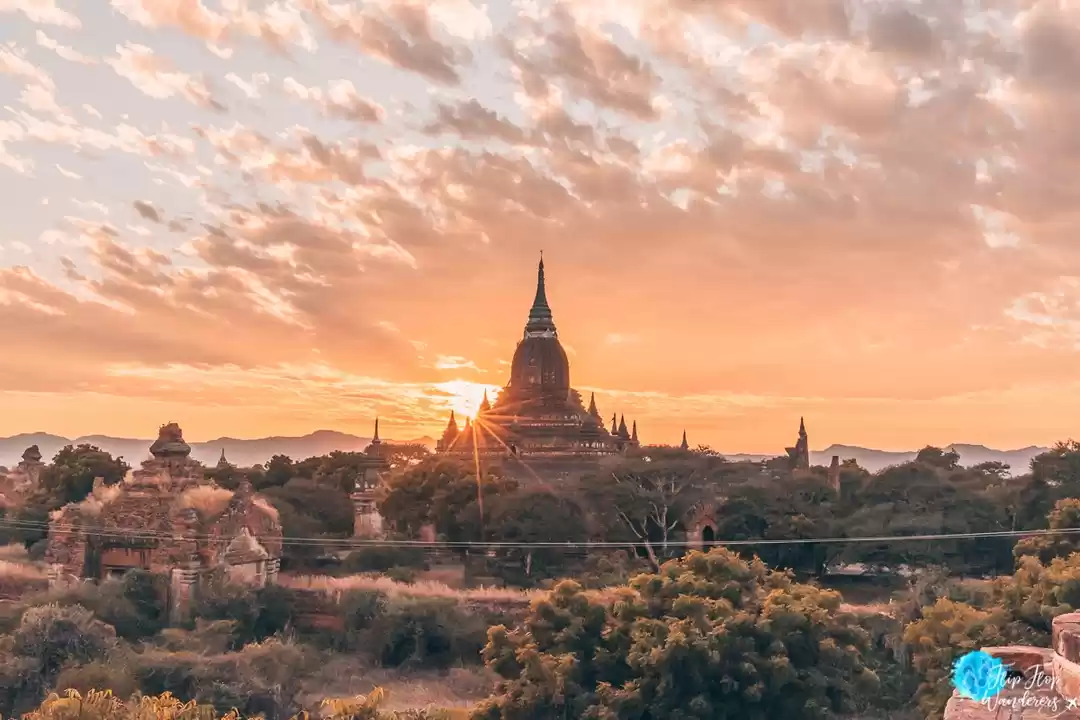MOST BEAUTIFUL TOURIST PLACES
PLITSVICE LAKE NATIONALPARK, Croatia's largest national is one of the oldest and largest national parks in Croatia.[2] In 1979, Plitvice Lakes National Park was inscribed on the UNESCO World Heritage list, for its outstanding and picturesque series of tufa lakes, caves, and connected waterfalls. Within a beautiful karst landscape dominated by a mix of forests and meadows, the magnificent Plitvice lake system stands out, fascinating scientists and visitors alike. Interconnected by many waterfalls and watercourses above and below ground, the lakes are grouped into the upper and lower lakes. The former are formed on dolomites, with mild relief, not so steep shores and enclosed by thick forests, whereas the latter, smaller and shallower, are situated in limestone canyon with partially steep shores. The lake system is the result of millennia of ongoing geological and biochemical processes creating natural dams known as tufa barriers. These are formed by the deposition of calcium carbonate from the waters flowing through the property. In the case of the Plitvice lake system, this geochemical process of tufa formation interacts with living organisms, most importantly mosses, algae and aquatic bacteria. The scale of the overall lake system and the natural barriers are an exceptional expression of the aesthetically stunning phenomenon, acknowledged since the late 19th century. Plitvice Lakes National Park area is mainly covered with very well preserved forests essential for the continuity of geochemical processes in water system (above and below ground), which include an area of 84 ha of old-growth forest of beech and fir. Besides the striking landscape beauty and the processes that continue to shape the lakes, the park is also home to noteworthy biodiversity. The tufa barriers themselves provide habitat for diverse and highly specialized communities of non-vascular plants. Brown Bear, Grey Wolf and Lynx along with many rare species roam the forests, while the meadows are known for their rich flora.
- Bagan, Myanmar
Bagan, located in Myanmar (Burma), is famous for its ancient temples and pagodas spread across a vast plain beside the Ayeyarwady River. These temples date back to between the 11th and 13th centuries and are a stunning example of early Burmese architecture. The landscape of Bagan is often depicted with hundreds of these temples dotting the horizon, especially beautiful during sunrise or sunset when the light casts a golden hue over the ancient structures. It's a UNESCO World Heritage site and a must-visit for anyone interested in history, culture, and breathtaking landscapes.
- Victoria Falls, Zimbabwe
Victoria Falls, located on the Zambezi River at the border between Zambia and Zimbabwe in southern Africa, is one of the most spectacular waterfalls in the world. Here's some information about Victoria Falls:
Size and Dimensions: Victoria Falls is approximately 1,708 meters (5,604 feet) wide and 108 meters (354 feet) tall, making it one of the largest waterfalls by width and height in the world. It's twice as tall as Niagara Falls.
Local Name: The local indigenous name for Victoria Falls is "Mosi-oa-Tunya," which means "The Smoke That Thunders," aptly describing the powerful spray and thundering sound created by the falling water.
Discovery: The falls were first sighted by Europeans in 1855 by the Scottish explorer David Livingstone, who named it after Queen Victoria of the United Kingdom.
UNESCO World Heritage Site: Victoria Falls was designated as a UNESCO World Heritage site in 1989 due to its exceptional beauty and geological importance.
Geological Formation: The falls are formed as the Zambezi River plunges over a basalt cliff into a series of narrow gorges. The force of the water and the mist create a rainforest microclimate around the falls.
Activities: Visitors can view the falls from various viewpoints on both the Zimbabwean and Zambian sides. Popular activities include guided tours, helicopter flights for aerial views, bungee jumping from the Victoria Falls Bridge, and boat trips on the Zambezi River.
Wildlife: The area around Victoria Falls is rich in wildlife, including elephants, hippos, crocodiles, and numerous bird species. The nearby Zambezi National Park and Mosi-oa-Tunya National Park offer opportunities for wildlife safaris.
Best Time to Visit: The flow of water over Victoria Falls varies throughout the year, with peak flow usually occurring between March and May. The dry season (September to November) offers better visibility but less water flow.
Victoria Falls is not just a natural wonder but also a cultural and adventurous destination that attracts visitors from around the world. It's a symbol of the power and beauty of nature in Africa.
The Grand Canyon, located in Arizona, USA, is one of the world's most spectacular natural wonders. Carved over millions of years by the Colorado River, it stretches for 277 miles (446 kilometers) and reaches depths of over a mile (1.6 kilometers). The canyon is renowned for its intricate landscape of layered bands of red rock revealing millions of years of geological history.
The area is not only geologically significant but also culturally and ecologically rich. It is home to several Native American tribes, including the Havasupai, Navajo, and Hopi, who have inhabited the region for centuries. The Grand Canyon National Park, established in 1919, protects a vast expanse of the canyon and its surrounding environment, attracting millions of visitors annually.
Visitors can explore the canyon through various means, including hiking trails, scenic overlooks, and rafting along the Colorado River. The park offers diverse ecosystems ranging from desert scrublands to forests, supporting a wide array of wildlife such as bighorn sheep, California condors, and numerous plant species.
Beyond its natural beauty, the Grand Canyon holds spiritual significance for many, inspiring awe and wonder with its sheer size and majestic vistas. It remains a symbol of the power of nature and a testament to the Earth's geological history
- Banff National Park




Comments
Post a Comment